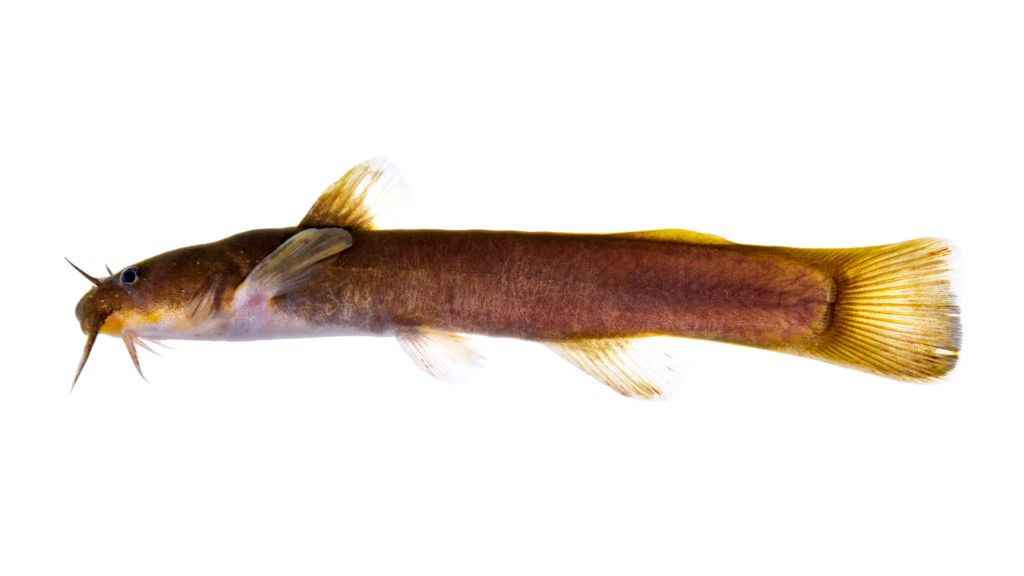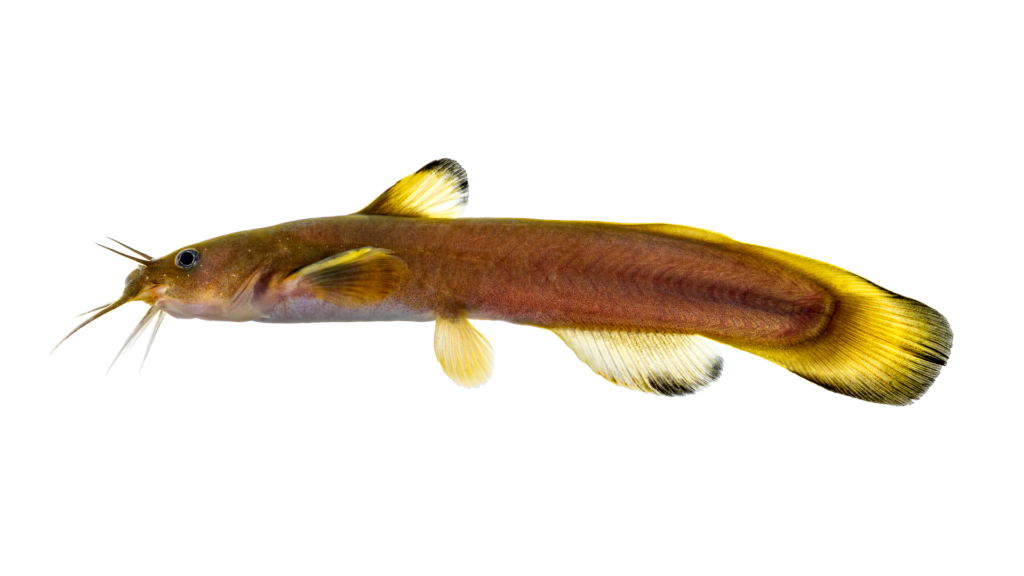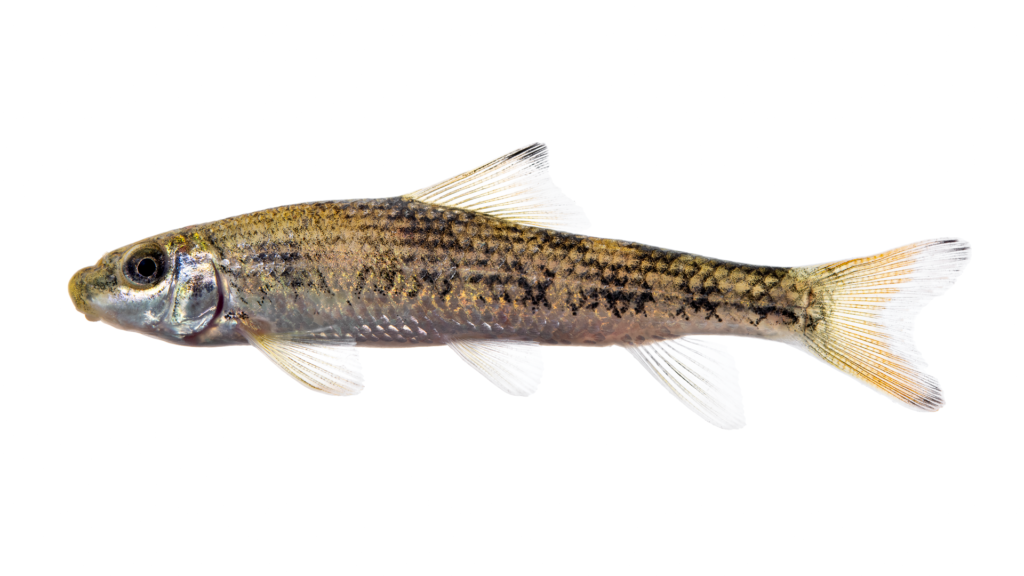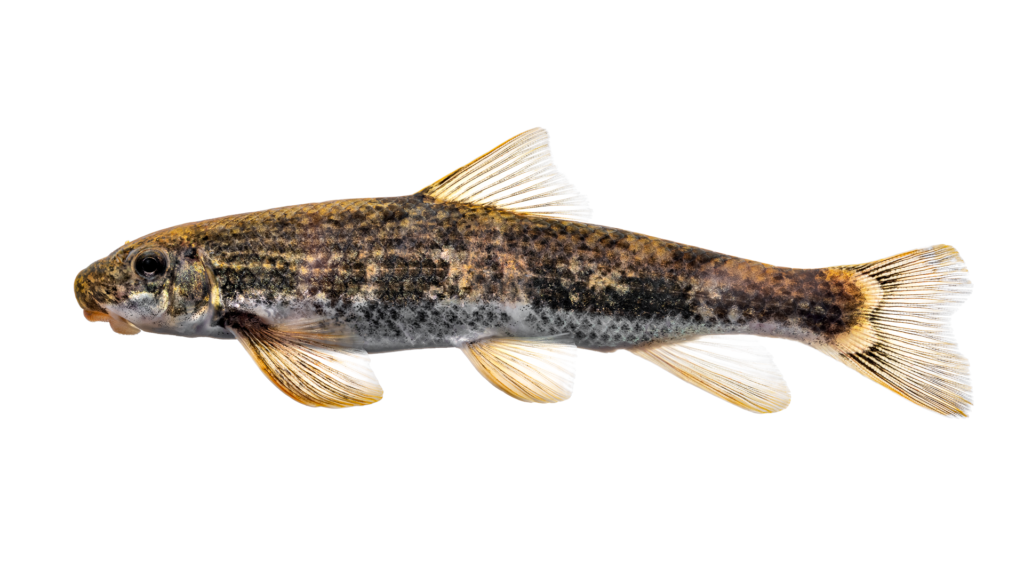By the NCFishes.com Team
Two new identification keys to the freshwater fishes of North Carolina have been recently published by the North American Native Fishes Association (http://www.nanfa.org/) in their journal American Currents:
- Tracy, B.H., S.A. Smith, J.L. Bissette, and F.C. Rohde. 2021. Ahead by a whisker: freshwater catfish (Family Ictaluridae) diversity in North Carolina. American Currents 46 (3):17-25.
- Tracy, B.H., S.A. Smith, and F.C. Rohde. 2021. Identifying North Carolina’s suckers may not be as hard as you think. American Currents 46 (2):3-14.
The catfish key covers 18 species, including three scientifically undescribed species, while the sucker key covers 29 species including five undescribed species (Tables 1 and 2). Distributional maps for all species may be found at: Tracy, B.H., F.C. Rohde, and G.M. Hogue. 2020. An annotated atlas of the freshwater fishes of North Carolina. Southeastern Fishes Council Proceeding No. 60. Volume 1. 198pp. (Available at: https://trace.tennessee.edu/sfcproceedings/vol1/iss60/1).
Table 1. Species of catfishes found in North Carolina. Common names enclosed within tick marks (“) are scientifically undescribed species.| Scientific Name/ American Fisheries Society Accepted Common Name | Scientific Name/ American Fisheries Society Accepted Common Name |
|---|---|
| Ameiurus brunneus, Snail Bullhead | Noturus flavus, Stonecat |
| Ameiurus catus, White Catfish | Noturus furiosus, Carolina Madtom |
| Ameiurus melas, Black Bullhead | Noturus gilberti, Orangefin Madtom |
| Ameiurus natalis, Yellow Bullhead | Noturus gyrinus, Tadpole Madtom |
| Ameiurus nebulosus, Brown Bullhead | Noturus insignis, Margined Madtom |
| Ameiurus platycephalus, Flat Bullhead | Noturus sp. “Cape Fear Broadtail” Madtom |
| Ictalurus furcatus, Blue Catfish | Noturus sp. “Lake Waccamaw Broadtail” Madtom |
| Ictalurus punctatus, Channel Catfish | Noturus sp. “Pee Dee Broadtail” Madtom |
| Noturus eleutherus, Mountain Madtom | Pylodictis olivaris, Flathead Catfish |
| Scientific Name/ American Fisheries Society Accepted Common Name | Scientific Name/ American Fisheries Society Accepted Common Name |
|---|---|
| Carpiodes carpio, River Carpsucker | Moxostoma breviceps, Smallmouth Redhorse |
| Carpiodes cyprinus, Quillback | Moxostoma carinatum, River Redhorse |
| Carpiodes sp. "Atlantic" Highfin Carpsucker | Moxostoma cervinum, Blacktip Jumprock |
| Carpiodes sp. "Carolina" Quillback | Moxostoma collapsum, Notchlip Redhorse |
| Catostomus commersonii, White Sucker | Moxostoma duquesnei, Black Redhorse |
| Erimyzon oblongus, Eastern Creek Chubsucker | Moxostoma erythrurum, Golden Redhorse |
| Erimyzon sucetta, Lake Chubsucker | Moxostoma macrolepidotum, Shorthead Redhorse |
| Hypentelium nigricans, Northern Hog Sucker | Moxostoma pappillosum, V-lip Redhorse |
| Hypentelium roanokense, Roanoke Hog Sucker | Moxostoma robustum, Robust Redhorse |
| Ictiobus bubalus, Smallmouth Buffalo | Moxostoma rupiscartes, Striped Jumprock |
| Ictiobus cyprinellus, Bigmouth Buffalo | Moxostoma sp. "Brassy" Jumprock |
| Ictiobus niger, Black Buffalo | Moxostoma sp. "Carolina" Redhorse |
| Minytrema melanops, Spotted Sucker | Moxostoma sp. "Sicklefin" Redhorse |
| Moxostoma anisurum, Silver Redhorse | Thoburnia hamiltoni, Rustyside Sucker |
| Moxostoma ariommum, Bigeye Jumprock |
Each of these publications may be downloaded as a pdf file (please refer to the downloadable link at the bottom of this post – Identifying North Carolina’s Suckers May Not Be As Hard As You Think and Ahead By A Whisker: Freshwater Catfish (Family Ictaluridae) Diversity In North Carolina.
As always, should you have any troubles with your identifications, just send us (https://ncfishes.com/contact/) an e-mail and include as many quality digital photographs as you can along with all the pertinent locality descriptors so that we will know from where the fish came.




